#CIVIL ENGINEERING
Explore tagged Tumblr posts
Text
How to stay focused when studying.
Staying focused while studying can be challenging, but here are some tips that might help:
Record Yourself Studying: Set up your webcam or phone camera to record a video of yourself studying. This creates accountability and can help you stay focused.
Use Focusmate: This tool pairs you with a real-life accountability partner. You must turn on your webcam during the study session, which can help you stay on task.
Prepare Mentally: If you don’t feel like starting work, take a minute to prepare yourself mentally. Set a timer for a minute and tell yourself that you’ll start work when the timer goes off.
Eliminate Distractions: Reduce or get rid of as many distractions as possible. This could include moving to a quiet area, turning off notifications on your phone, or closing out of non-essential programs on your computer.
Drink Coffee in Small Doses: Caffeine can positively affect sustained attention, but it’s important to consume it in moderation.
Have a Study Plan: Organize your study plan and break it into small steps.
Use Smart Learning Techniques: Employ effective study techniques that work best for you.
Stay Fueled and Hydrated: Make sure you’re eating and drinking enough. Being hungry or dehydrated can affect your ability to concentrate.
Prioritize Sleep: Regular sleep is essential for maintaining focus. Aim for seven to eight hours of sleep each night.
Set Goals: Having clear goals for each study session can give you a sense of direction and make it easier to stay focused.
Remember, everyone is different, so what works for one person might not work for another. It’s important to try different strategies and see what works best for you. Good luck with your studies! 📚
#enggrblr#ama#studyblr#filipinostudyblr#studying engineering#civil engineering#engineering life#roadtoengr
103 notes
·
View notes
Text
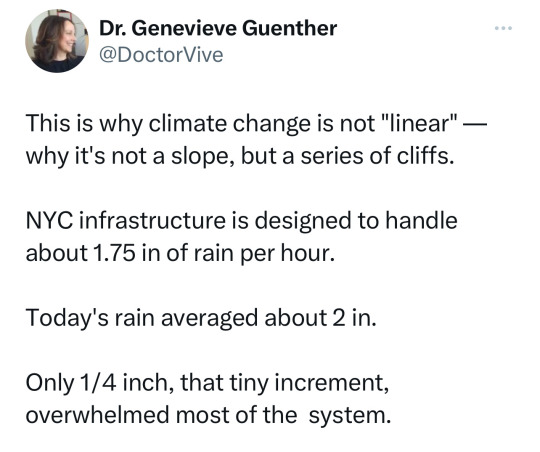

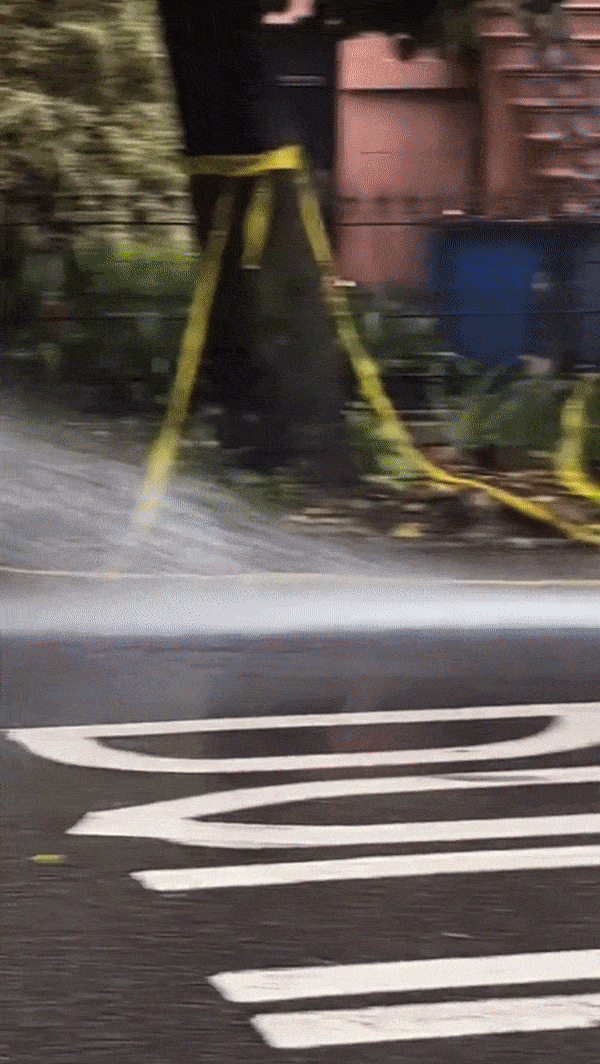
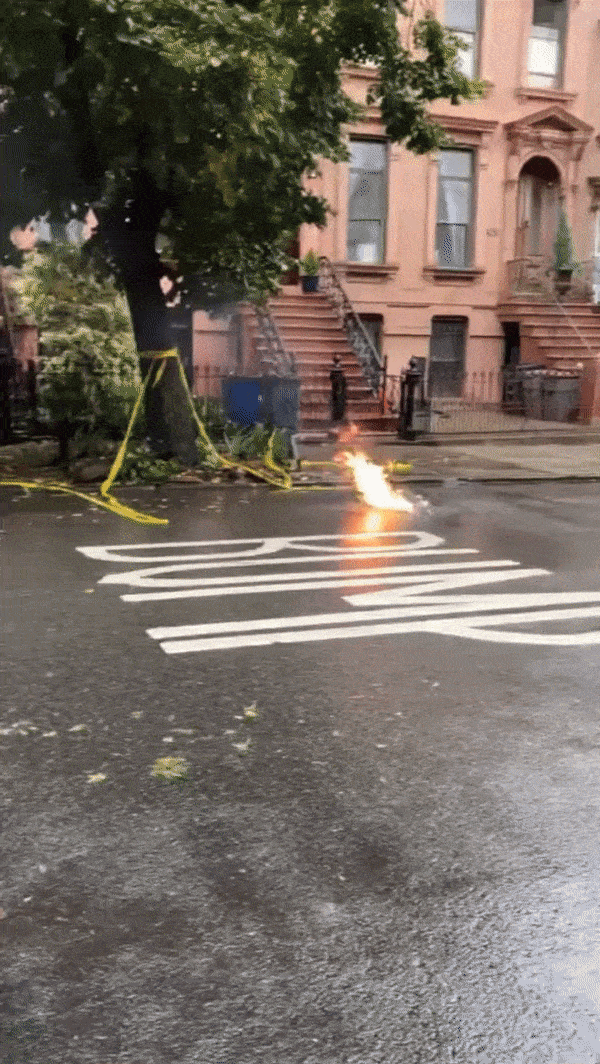

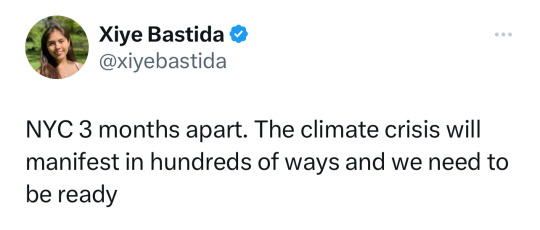
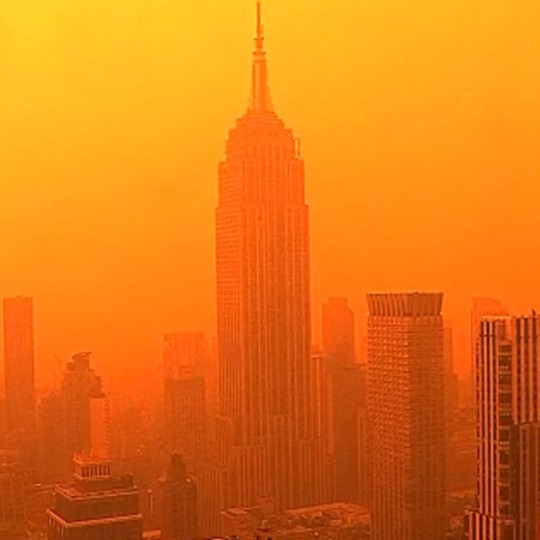
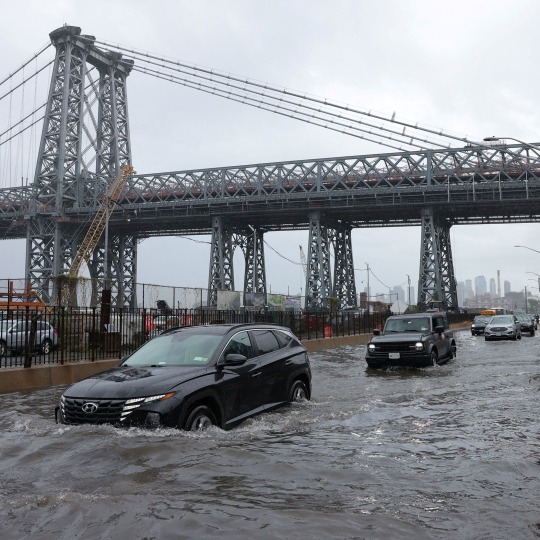
Nothing to see here, just fire + floods + climate change
#politics#climate change#climate crisis#global warming#nyc#nyc flooding#nyc floods#climate collapse#civil engineering
29K notes
·
View notes
Text






Love the shapes and textures of these photos. Really gives the viewer a sense of depth to appreciate.
#photography#travel#travel photography#wanderlust#adventure#landscape photography#landscape#explore#amateur photography#art#film#digital camera#photographers on tumblr#film photography#original photographers#nature#urban photography#urban#architecture#engineering#civil engineering#canon#canon eos#canon eos m50#skyscraper#new york#new york city#nyc photography#nyc#nyc aesthetic
88 notes
·
View notes
Text
Who Killed the Colorado River?

From its source high in the snowy Rocky Mountains, the Colorado River runs through two countries and five states on its way to the Gulf of California. Or at least it used to. The river hasn't met the sea in decades. (Video and image credit: PBS Terra) Read the full article
140 notes
·
View notes
Text
Ok, I recently wrote an essay [here] talking about the definition and duties of civil engineering as well as the ethics because of the brain rot @swordfright gave me with calling Dream Sam’s ultimate engineering project. So, because I actually am a civil engineer I took it upon myself to design the title and summary of quantities sheets just like I do at work for roads but with Dream as the project instead. And in honor of angst day sponsored by @sixteenth-day-event, I figured I’d share it because I feel like it kinda works for the prison of the mind prompt.


“Sam’s “ultimate engineering project” he deemed too damaged like a bumpy road or crumbling building that wasn’t worthy of patching and filling in the cracks or reinforcing, that’s too eroded to be fixed and preserved. So, Sam strived to tear him down to the bedrock so he could remake, remold, and reengineer Dream according to his design for the common safety, public health and well-fair.”
{These are very similar to the actual sheets I make day to day, which I shall not share for the sake of doxing my location, but yea pretty much everything has a significance. Some of it doesn’t necessarily make sense but that was because I was more so taking inventory of what we see in lore (so you know I counted ;) lol)}
#sixteenthdayevent#AAANNNNNGGST#Ah and now you see why I’ve been digging up all the prison lore and inventories ;D…. my brain rot is too powerful#still never got wardens torment enchants though :( did for the shovel and how which I’ll now have to write torture scenes for…#so ummm stay tuned for that in Misery Loves An Idiot… Dream going to have lots of fun I’m sure >:)#c!dream#dsmp#dreblr#dream smp#dsmp dream#dsmp analysis#dsmpblr#prison arc#dsmp art#pandora’s vault has a singular purpose#flora favs#pandora’s vault#c!dream fanart#flora does art apparently#ah Sam… such a good engineer… if only he realized Dream was a person not a condemned structure oof#if y’all are curious enough I might share a irl work example with different numbers and stuff but didn’t want to bore you XD#happy angst day :)… wait isn’t that everyday? lol#can we talk about how I’ve done all of these prompts as descriptions of metaphors and stuff kinda funny#civil engineering
313 notes
·
View notes
Text
73 notes
·
View notes
Text
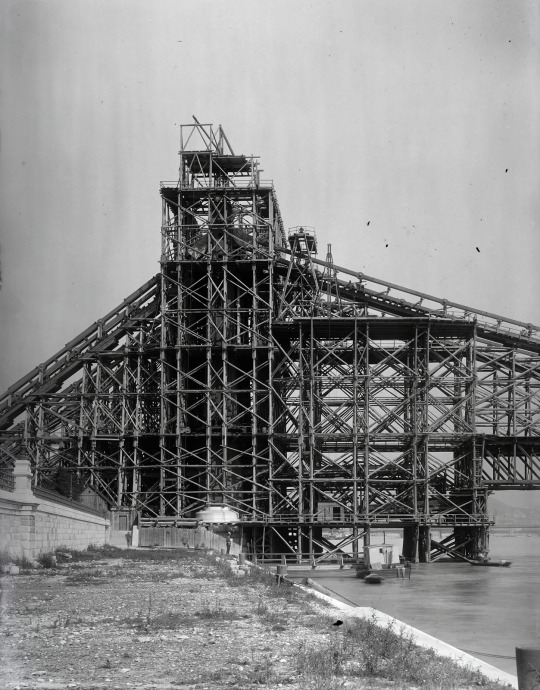
Erzsébet bridge under construction, 1900. From the Budapest Municipal Photography Company archive.
174 notes
·
View notes
Text

At Uni Library.
We have this study corner where you are can play board games, catch up with your friend, sit on the floor with cushions and tables all provided, though the silent zone is not followed here in this corner, the second floor with more strict looking librarians are more for concentrated and serious studying.
I can stay here the entire day, and do my own thing.
#studyblr#photoblog#study motivation#college#studying#civil engineering#college life#studybuzz#uniblr#stemblr#library#study abroad
108 notes
·
View notes
Text

Tallest buildings on every continent
87 notes
·
View notes
Text



a whole lot of concrete
#my photography#my original post#original post#florida#florida life#bridge#florida river#river photography#river bank#concrete#adventure#travelcore#travel#architecture#civil engineering#original photographers#florida vintage#vintage aesthetic#vintage photography#small town core#small town aesthetic#southern americana#small town americana#small town america#americana#goblincore#city photography#city scene#witchcore#witchblr
17 notes
·
View notes
Text

Civil Engineering
March 1967.
From the Husband & Co Library, Sheffield.
98 notes
·
View notes
Text

the ceiling
#photography#analog#photographers on tumblr#la vie en rose#original photographers#analog photography#photooftheday#la vie est belle#original photography blog#photography on tumblr#la vita è bella#la vie boheme#la dolce vita#indie#retro#girly#vintage#bohostyle#boho#bohemian#bohochic#aesthetic#ceiling#parking#industry#building#basement#engineering#civil engineering#mechanical engineering
37 notes
·
View notes
Text






Othmar Ammann – Scientist of the Day
Othmar Ammann, a Swiss/American civil engineer, was born Mar. 26, 1879.
Read More
#Othmar Ammann#bridges#civil engineering#histsci#histSTM#20th century#history of science#Ashworth#Scientist of the Day
11 notes
·
View notes
Text
Remembering Rivers Past

Our landscapes have changed dramatically over the last 200 years of urban development, but traces of the land's past still remain. Many streams and rivers that once ran on the surface persist in underground culverts. Bruce Willen's "Ghost Rivers" installation highlights the path of one such waterway. (Image credits: Public Mechanics and F. Hamilton, see alt text; installation: B. Willen; via Colossal) Read the full article
543 notes
·
View notes
Text

Map exhibiting a proposed bridge location over Lake Pontchartrain. New Orleans - 1926.
#cartography#engineering#civil engineering#civil engineers#vintage illustration#new orleans#old new orleans#vintage advertising#lake pontchartrain#bridges#maps#pontchartrain bridge#vintage maps#highways & bridges#infrastructure
7 notes
·
View notes